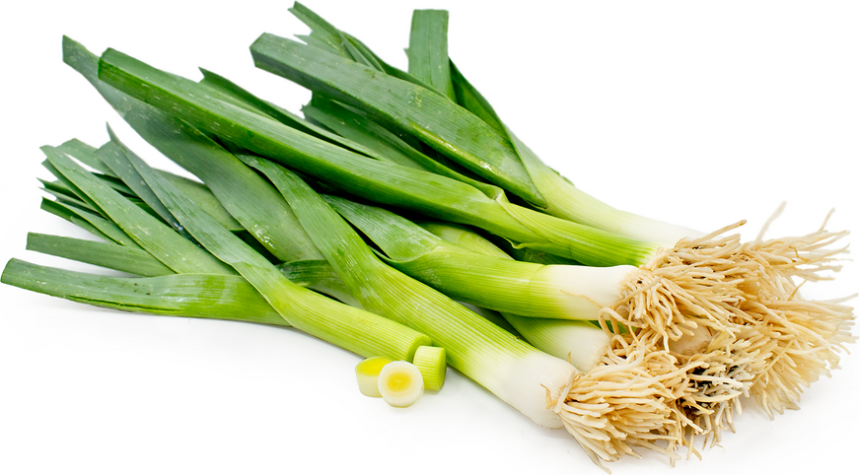Leeks (Allium ampeloprasum) are a popular and nutritious vegetable that can add flavor to many dishes. For South African farmers looking to grow leeks, understanding the complete process from seed to harvest is essential for a successful yield. This guide will cover each growth stage, required inputs, potential diseases, and best practices for storage.
1. Land Preparation
Soil Type:
Leeks thrive in well-drained, loamy soils with a pH of 6.0 to 7.0. The soil should be rich in organic matter to promote healthy growth.
Preparation Steps:
- Tilling: Begin by tilling the soil to a depth of at least 20 cm to break up compaction and improve aeration.
- Soil Testing: Conduct a soil test to check pH and nutrient levels. Amend the soil as needed using lime to adjust pH or sulfur for acidity.
- Organic Matter: Incorporate well-rotted compost or aged manure into the soil to enhance fertility.
2. Sowing Seeds
When to Sow:
- Seeds can be sown indoors about 10-12 weeks before the last frost or directly in the garden when soil temperatures are consistently above 10°C.
Sowing Method:
- Indoor Sowing: Use seed trays filled with seed-starting mix. Sow seeds about 1 cm deep and keep the soil moist.
- Direct Sowing: Prepare rows spaced 30-45 cm apart and sow seeds 1 cm deep, thinning them later to 10-15 cm apart.
Required Inputs:
- Seeds
- Seed trays or direct sowing equipment
- Seed-starting mix (for indoor sowing)
3. Germination and Seedling Care
Germination Time:
- Seeds typically germinate within 7-14 days.
Seedling Care:
- Light: Provide adequate light for indoor seedlings using grow lights or placing them in a sunny location.
- Watering: Keep the soil consistently moist but not waterlogged. Water lightly to avoid disturbing the seedlings.
Inputs and Machinery:
- Watering can or irrigation system
- Grow lights (if indoors)
4. Transplanting
When to Transplant:
- Transplant seedlings when they are 15-20 cm tall and have at least two true leaves, typically 4-6 weeks after germination.
Transplanting Method:
- Prepare planting holes about 15 cm apart in the garden bed. Carefully remove seedlings from trays, keeping the roots intact, and plant them deep enough to cover most of the stem.
Inputs:
- Transplanting tools (trowel, dibber)
- Fertilizer (apply a balanced fertilizer at planting)
5. Growing Phase
Water Requirements:
- Leeks require consistent moisture. Water deeply once a week, ensuring the soil remains moist, particularly during dry spells.
Fertilizers:
- Use a balanced fertilizer (NPK 10-10-10) at planting and every 4-6 weeks during the growing season to provide essential nutrients.
- Side-dress with compost or well-rotted manure mid-season for added nutrients.
Weed Control:
- Keep the area weed-free, as weeds compete for nutrients and water. Hand weeding or using mulches can be effective.
Pest and Disease Management:
- Monitor for pests like aphids, onion flies, and thrips. Use insecticidal soap or neem oil if infestations occur.
- Watch for diseases such as downy mildew, white rot, and onion smut. Rotate crops and maintain proper spacing for air circulation to minimize disease risk.
6. Harvesting
When to Harvest:
- Leeks are ready to harvest when they reach a diameter of 2-3 cm, usually 80-120 days after transplanting, depending on the variety.
Harvesting Method:
- Use a spade or fork to gently loosen the soil around the leeks. Pull them out carefully to avoid damaging the bulbs.
Inputs:
- Harvesting tools (spade, fork, knife)
7. Storage
Post-Harvest Care:
- Trim the tops of the leeks to about 2-3 cm and remove any damaged outer leaves. This helps reduce moisture loss.
Storage Conditions:
- Store leeks in a cool, dark, and well-ventilated area. They can also be kept in the refrigerator for 1-2 months or frozen for longer storage after blanching.
Storage Containers:
- Use breathable bags or crates to allow for air circulation.
Growing leeks from seed to harvest requires careful attention to soil preparation, watering, pest management, and proper harvesting techniques. By following these guidelines, South African farmers can produce healthy, high-quality leeks that thrive in their local conditions. Consistent monitoring of plant health, timely interventions, and good storage practices will ensure a successful leek crop, contributing to the farmer’s overall productivity and profitability.
Join 'Farmers Mag' WhatsApp Channel
Get the latest Farming news and tips delivered straight to your WhatsApp
CLICK HERE TO JOIN






